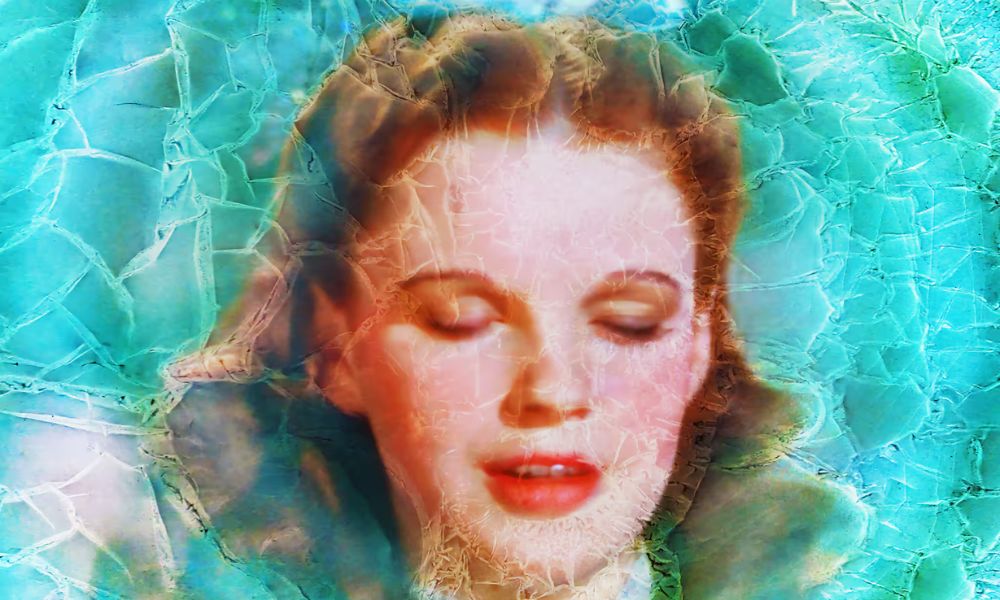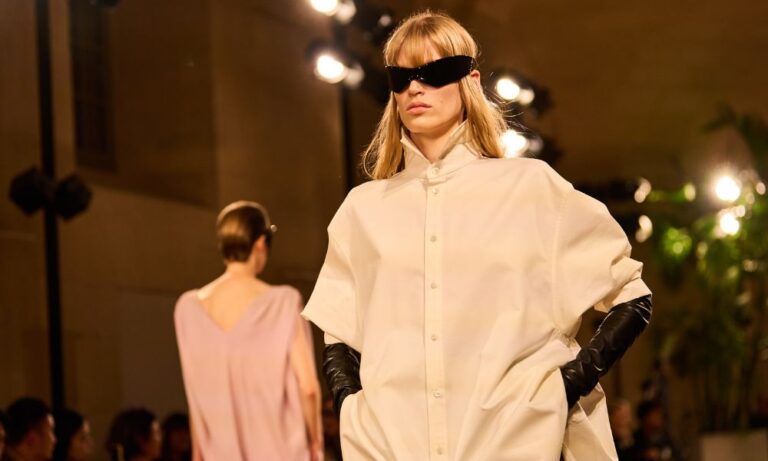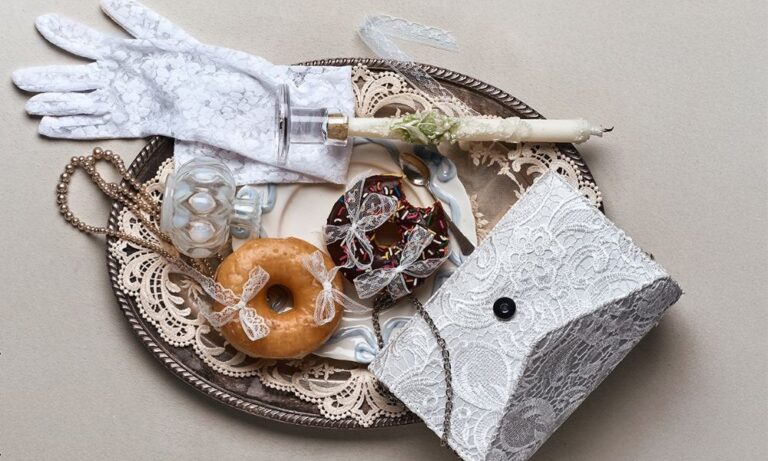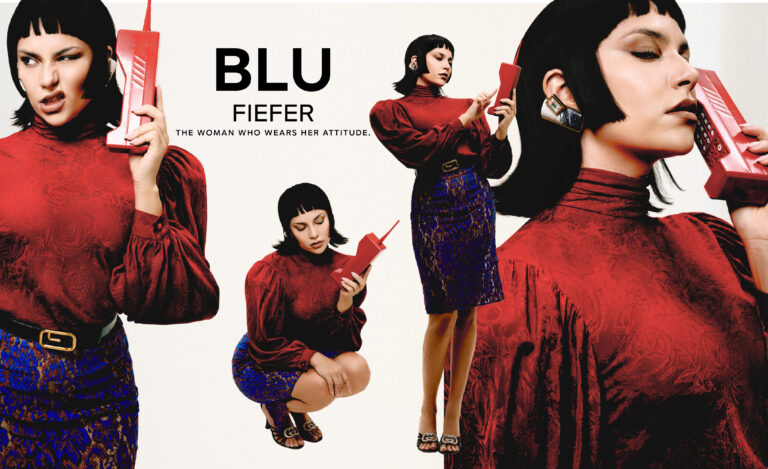Golden Goose today is a household name, with its “perfectly imperfect” sneakers dressing millions of feet the world over. But have you ever wondered how it all began? Where did the dream first take shape? The story starts not in a glamorous atelier, but in a garage-turned-office in Marghera, a quiet, industrial area just outside Venice. It was here, surrounded by cranes and concrete, that two young designers—Francesca Rinaldo and Alessandro Gallo— imagined something bigger, launching Golden Goose in December 2000.
Over the decades, that dream grew into a global brand. And at the very spot where it all began, now stands the Golden Goose HAUS: part cultural centre, part workshop, and entirely a tribute to dreamers. Fittingly described as “a permanent home for a community of dreamers,” HAUS is a space designed for the creative community to express themselves.
After a quick water taxi ride through Venice’s grey canals and a short drive past warehouses and old industrial ports, we arrived at the Golden Goose HAUS in the pouring rain. It felt fitting, somehow. The brand that built a global empire on scuffed sneakers and imperfect finishes began its story in this exact kind of weather, in a place as unpolished as it is poetic. Set within the industrial edges of Venice, the HAUS reflects its surroundings; unassuming on the outside but full of spirit within. As you enter, you’re greeted by a thoughtful curation of rooms that invite visitors to dive deeper into the universe of Golden Goose.
Speaking about HAUS, Campara said, “It is a forever platform for art, culture, and craftsmanship. In today’s world, everyone has something to say; nobody is listening. We wanted to create a space where we can listen and talk to creative people and communities, and give them the freedom to express themselves.”
Each corner of the Golden Goose HAUS reflects a core piece of the brand’s DNA. The Academy encourages learning through hands-on experience, passing down artisanal skills to the next generation. In the Archival Room, you can trace the evolution of the brand, from its earliest denim experiments to its now-iconic sneakers. Then there’s the Manovia, a space that brings you face-to-face with the people who build the shoes: the Golden Goose “Dreammakers.”
In the Manovia, craftsmanship is on full display. Behind the workbenches and leather scraps are the hands responsible for every Golden Goose sneaker. These are the Dreammakers, a dedicated group of artisans who handcraft each pair with precision and soul. You’ll find them sanding, stitching, distressing, and intentionally creating that signature lived-in look the brand is known for.
After exploring the HAUS’ workshops—pausing to personalise our own bandanas—we were guided into a sequence of shadowy rooms, each one pulling us deeper into an immersive art experience. During our visit, the HAUS hosted Altered States, a mesmerizing video installation by London-based artist Marco Brambilla that explores the layered world of memory, fantasy, and dreams.
When asked about his inspiration for the artwork, Brambilla replied, “The title comes from a film called Altered States by Ken Russell, which explores hallucinations and dream states. The show draws on fragments of memory, hope, desire—the way we remember things versus how they were. We don’t remember things in a straight line. We remember them emotionally as impressions, colors, sensations. That’s how Altered States was built. It’s not linear. It’s layered, like memory itself.”
Touching on the influence of cinema on his work, he further explained, “My background as a film director influenced the structure. The installation brings together decades of personal moments—sampling films from the 1950s to today—and channels my own subconscious experience of cinema. It’s a show about the idea that we connect through our subconscious and our dreams, and for me personally, I connect through cinema. So this invites you into my particular perception of history, through the prism of cinema.”
Speaking of Brambilla’s art, Campara said, “What I find brilliant about Marco’s work is that, despite being rooted in material created years ago, it still feels relevant for today’s audience. Golden Goose, in that sense, is like a time machine—nostalgic for the older generation, yet meaningful for the new one.”
When asked about how his art reflects Golden Goose’s philosphy, Brambilla explained, “Connection with Golden Goose came very organically. The subconscious, dream aspect of the show is tied directly to the brand’s essence and especially to that of HAUS, which is described as “a home for a community of dreamers.”
“We say: your dreams, our Haus,” Campara reminded us as we wrapped up the inspiring conversation. “But really, it’s just one shared dream. And this is the place where it keeps growing, he added.
When asked about what he would like visitors to take away from HAUS, Campara had a straightforward answer: “Inspiration,” he said.
After our conversation, we wandered through the Archives, walking past early prototypes, memorabilia collected from across the globe, and pieces that traced the brand’s journey from a modest garage to the global stage. Each object felt like a quiet echo of a dream once imagined. As we lingered among these relics of creative grit and ambition, Campara’s words stayed with us: “Golden Goose is proof that dreams can come true, right here in Marghera.” Standing there, in the very heart of where it all began, it was impossible not to feel inspired.
ALSO READ: CHIC ON THE GO! DIOR’S CARO BUCKET IS HERE.




